Household items in the nasrid era
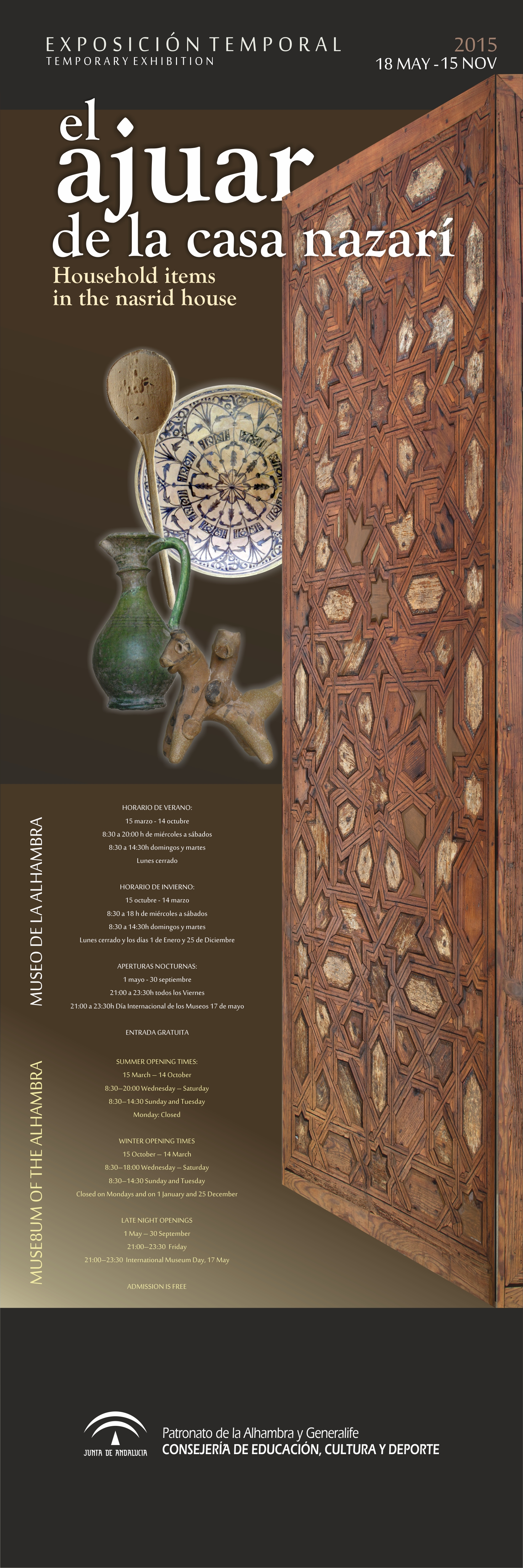
Text of the Catalogue
Purificación Marinetto Sánchez
The architectural beauty of houses from the Nasrid era is well-known, as are the spaces reserved for the everyday activities of life in a family home. However the surviving household objects that once would have filled a home like this are now museum pieces. We therefore have to visit the museum to be able to understand the full scope of the functional side of these homes, those objects that allowed people to go about their daily tasks, facilitated and improved their lives and entertained or amused them.
This small selection of such objects takes us on a journey in various sections depicting a Nasrid home as it might well have looked through the everyday items which would have made this space, however small it may have been, into a home for all the family.
The main entrance to the house would probably have opened onto a narrow street and formed part of a facade with almost no other openings. The wooden front door was on some occasions beautifully decorated with cast iron nails in gadroon formation. These doors would be opened with long iron keys which would be tied together with a string with a ring at one end. The keys had broken teeth cut in such a way as to match the lock, so allowing the key to turn and unlock the door. The closed door had ring-shaped knockers decorated with figurative themes such as a lion from which hung the ring that the visitor rapped against the door.
At the same time the house had to be securely locked from the inside with bolts that prevented anyone from opening it.
It is important to remember that the front door of the house, as occurs with the grand gates of the Alhambra itself, is an entrance through which visitors must pass and as such is an object of peace and welcome. The front door often had a key and hand symbol on the central keystone above the threshold as can be seen today on various entrances to the Alhambra. This example was part of the entrance to the Dar al-Manlaka al-Sa’ida, the Royal House of Happiness, the Sultan’s house on the Generalife estate. In this example we can see an open hand with a key below it emblazoned on the forearm. This key motif is similar to the real key on show and shows a tassel at the end of the string that held the key ring.
Granada’s harsh climate meant that houses had to have braziers to heat the rooms in the winter and small fountains to provide coolness and moisture in the summer. Other fittings adapted to protect them from the extreme climate included ceilings, wooden doors and lattice screens in the windows with coloured glass to insulate from the elements, accompanied by carpets and fabrics that closed off spaces or provided additional warmth.
Life went on after sunset when oil lamps or candles were used for lighting. Held on a long handle, these could be carried around the house as required. These candles were found in large numbers in all houses in a wide variety of decorative formats ranging from the simplest ones in green glaze to others with the finish typical of luxury Nasrid ceramics in white, blue and gold.
The various objects relating to personal hygiene were also constant features of all Nasrid homes. Each house had a latrine with running water and there were also small oblong shaped bidets for intimate hygiene and chamber pots beside the bed. These also appeared in a wide variety of decorative finishes depending on the social standing of the owners.
In the kitchen, there would have been large numbers of utensils required for preparing food, which would have been stored in larders. Not all houses had a place set aside exclusively for cooking, which sometimes took place in the courtyard or in the porch.
The surviving recipe books provide interesting insights into the utensils required to make each dish, how they were used and the characteristics required to ensure the best results. The right clay, finish, size, the latch for closing the lid or lids with holes for certain dishes, plugs; the use of the mortar; cheese-making, jugs made with the right type of clay to keep the water cool; earthenware jars, canteens, pitchers or large storage vessels……
In homes where this could be afforded, the crockery used at the table was different from that used in the kitchen. Plates were more carefully made, glazed and decorated and in the houses at the top of the social scale, they were finished in white, blue and gold or perhaps in green with delicate decoration in manganese. The variety was enormous and depended on the function with goblets, cups, plates, dishes and bowls accompanied with metal, or more commonly wooden spoons.
Many other activities went on in the household in addition to cleaning and cooking. Women devoted a large part of their time to sewing and even to weaving some of the items required in the house. Curtains, sheets, blankets, tablecloths … Clothes too were often homemade, evidence of this work can be found in the spindles, whorls, loom-weights, thimbles, pins, beautiful metal buttons and adornments or even the remains of bones from which buttons or counters for games had been carved.
There were also games and other forms of entertainment for adults and for children. An example of adult entertainment can be found in the excellent collection of hashish pipes for example, which although prohibited, must have been in common use given the number of pipes that survive today. These came in a range of shapes, in the form of a boat, with human faces, a lion, with rounded or sometimes, by contrast, very pointed edges. Many of them were made from moulds, which perhaps were for sale as pipes with the same designs have appeared in very distant places.
There were also tools for writing including ceramic inkwells of which various different examples survive.
Small children also had toys with which to play. A large number of clay figures survive including dolls, horses, frogs, snakes, turtles, monsters etc. Some with a whistle-type finish or as water whistles to imitate bird song. There were also miniature kitchen items with which children could imitate their mothers, playing at cooking with them. Curiously in many cases these miniature household objects are better conserved than the normal sized originals and serve as a very complete example of kitchen items. They share the same characteristics as the pieces used by the children’s mothers in that they are made of clay and have varying shapes, decoration and finishes.
The personal objects relating to dress, jewellery and other forms of adornment are just as in descriptions from the time and help us to imagine the particular tastes and fashions in vogue. Nasrid women would have worn glass bracelets, ankle bracelets, rings in glass, metal, bronze, brass or gold with or without precious stones or enamel, delicate filigree hoops, pendants, buttons and other adornments.
Summer opening hours from 15th March to 14th October
8:30 to 20:00h from Wednesdays to Saturdays
8:30 to 14:30h Sundays and Tuesdays
Mondays closed
Winter opening hours 15th October to 14th March
8:30 to 18:00h from Wednesdays to Saturdays
8:30 to 14:30 Sundays and Tuesdays
Mondays closed and 1st January and 25th December
Night-time opening
1st May – 30th September
21:00 to 23:30h every Friday
21:00 to 23:30h International Museum Day 17th May
FREE ADMISSION
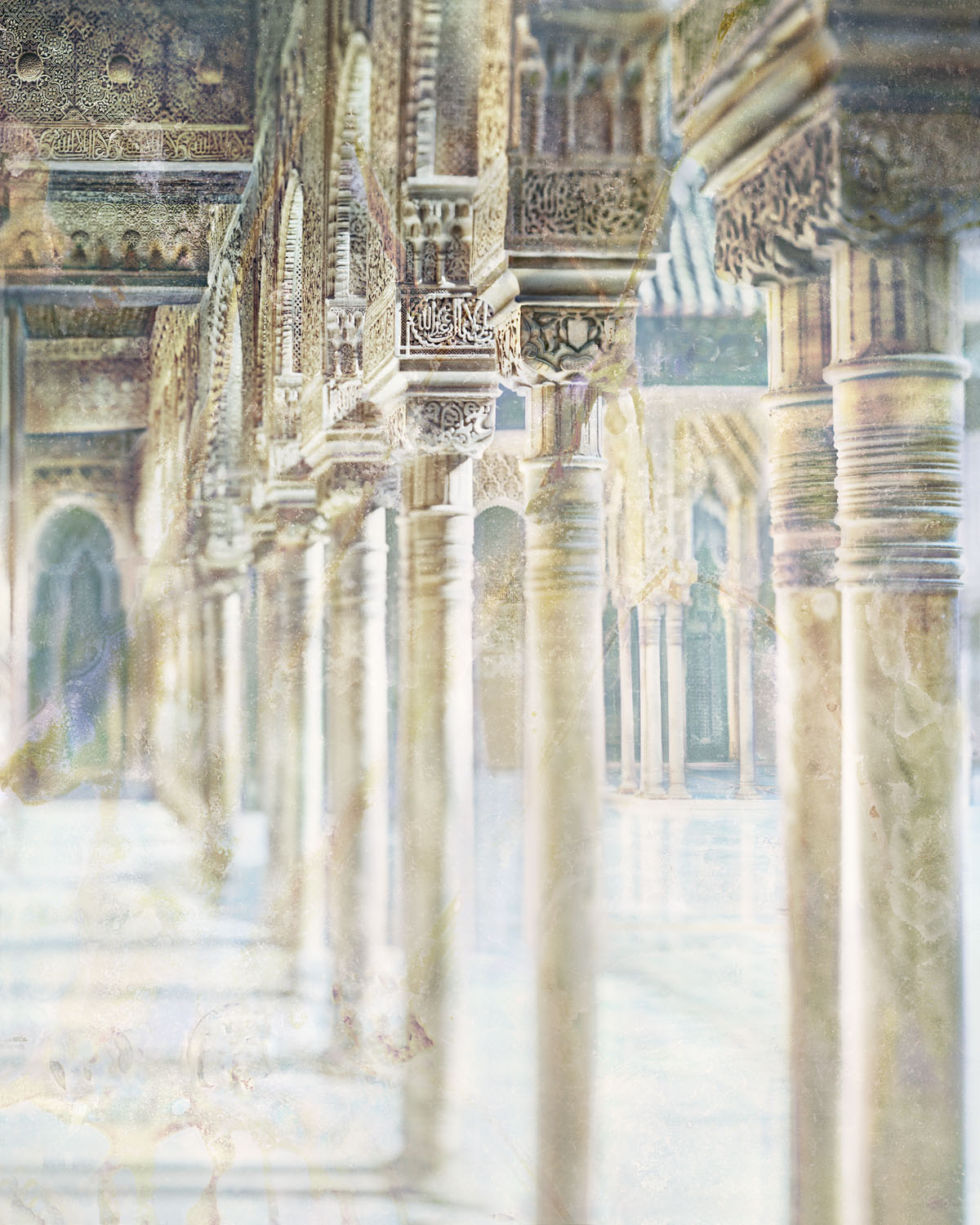
La Alhambra, a look from Fernando Manso
MORE INFORMATION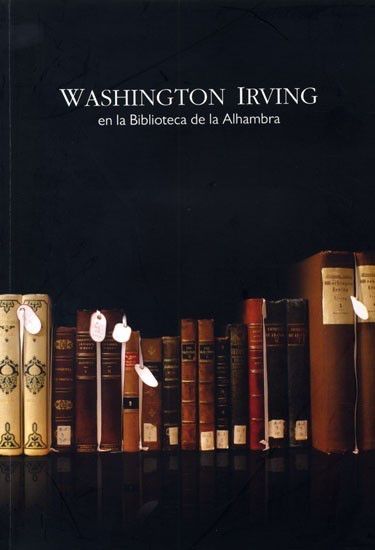
WASHINGTON IRVING AND THE ALHAMBRA
MORE INFORMATION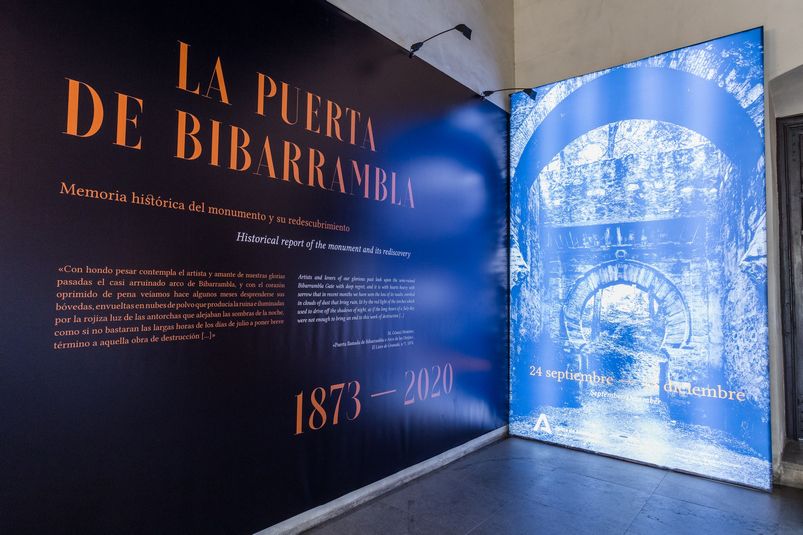
THE GATE OF BIBARRAMBLA. Historical report of the monument and its rediscovery
MORE INFORMATIONTHE EMPEROR´S CHAMBERS
MORE INFORMATION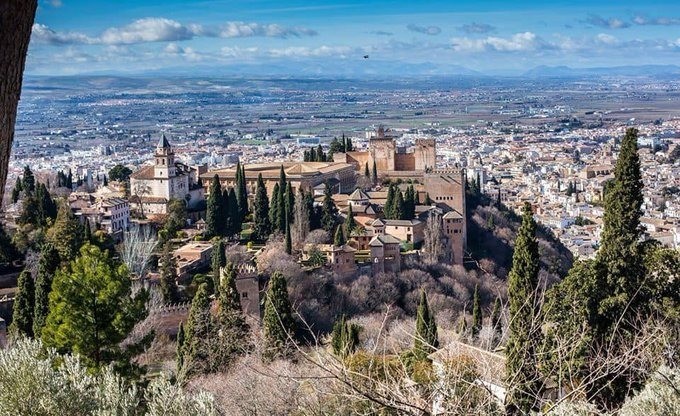
The Council of Alhambra and Generalife will refund automatically the full amount of the bookings
MORE INFORMATION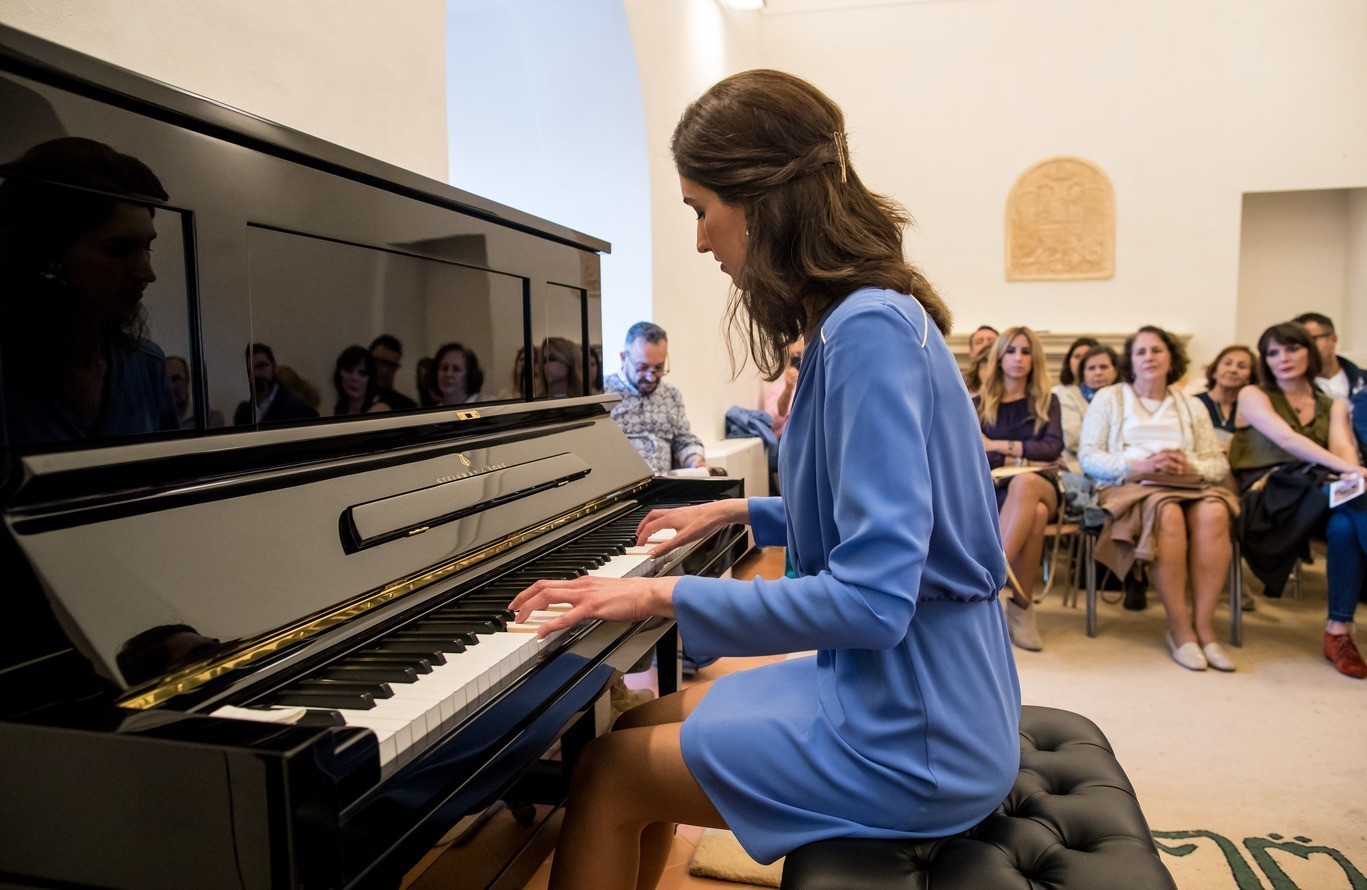





 Contact
Contact















